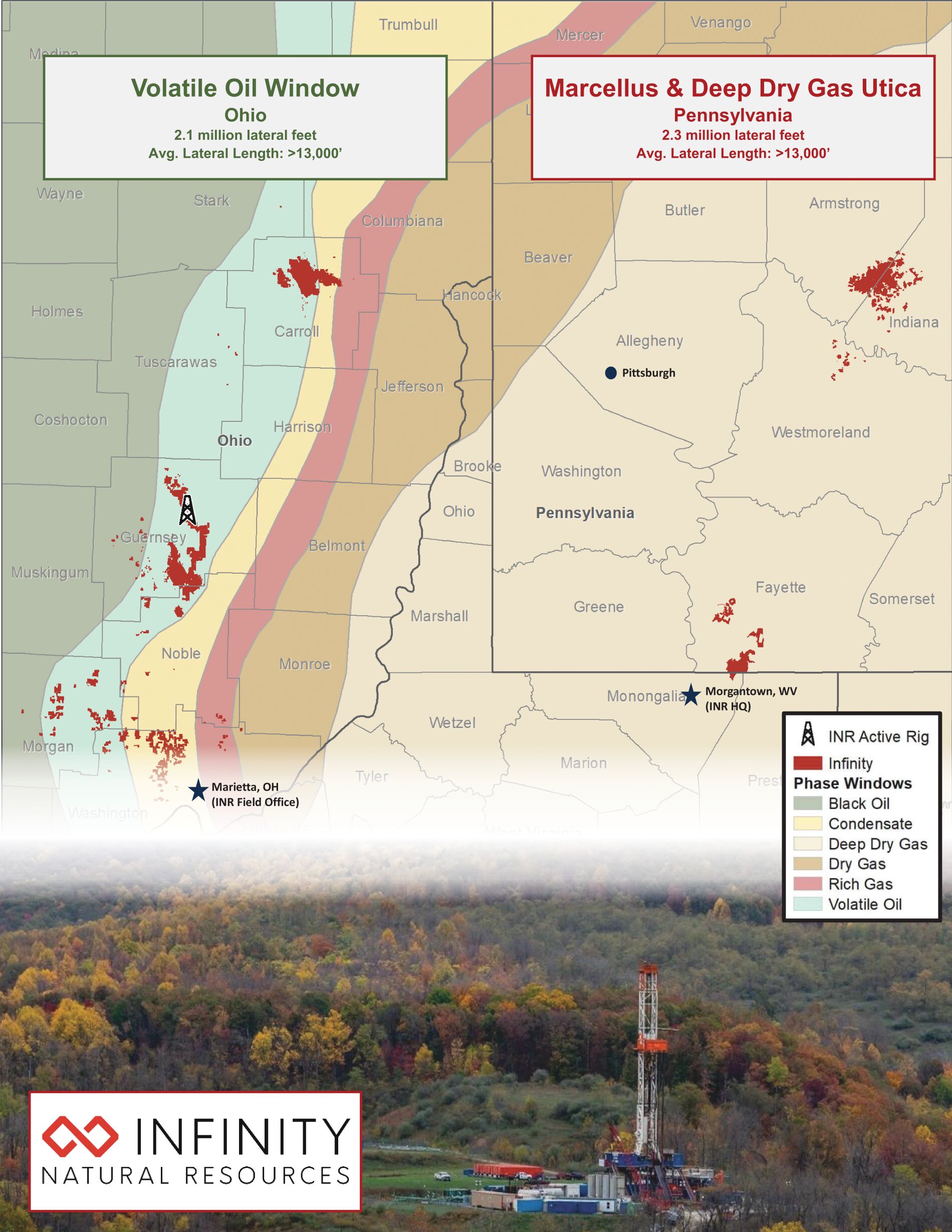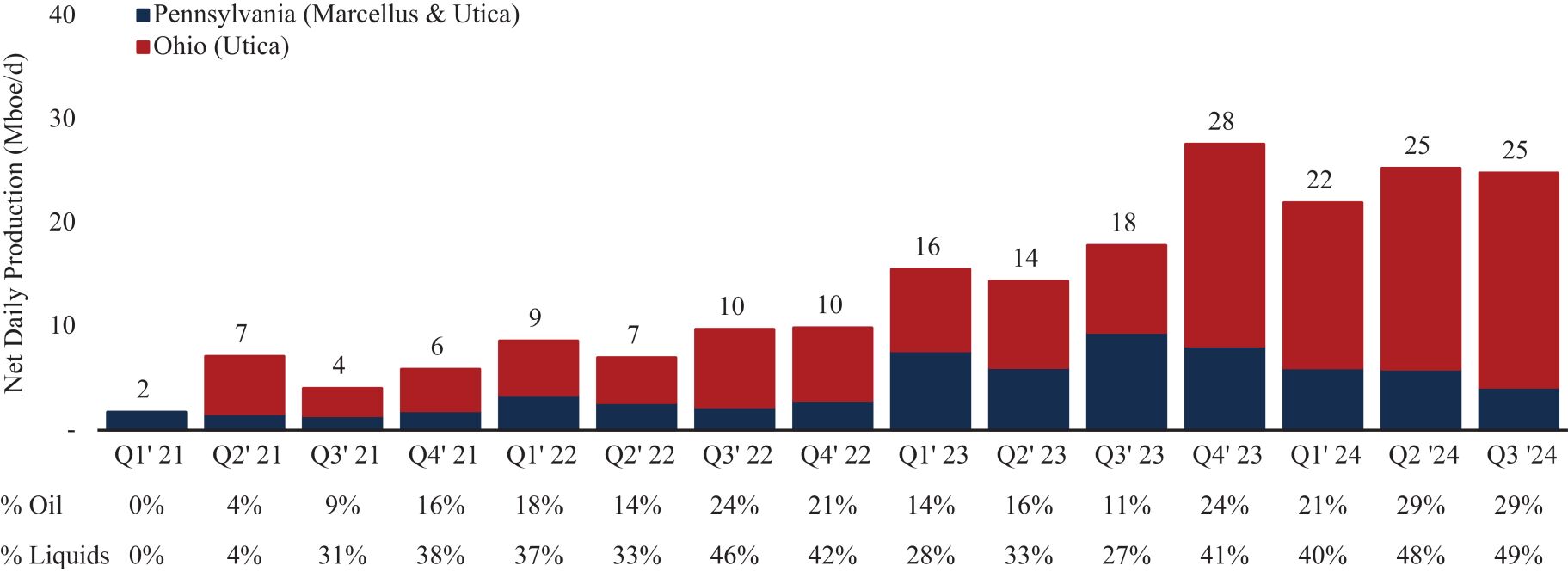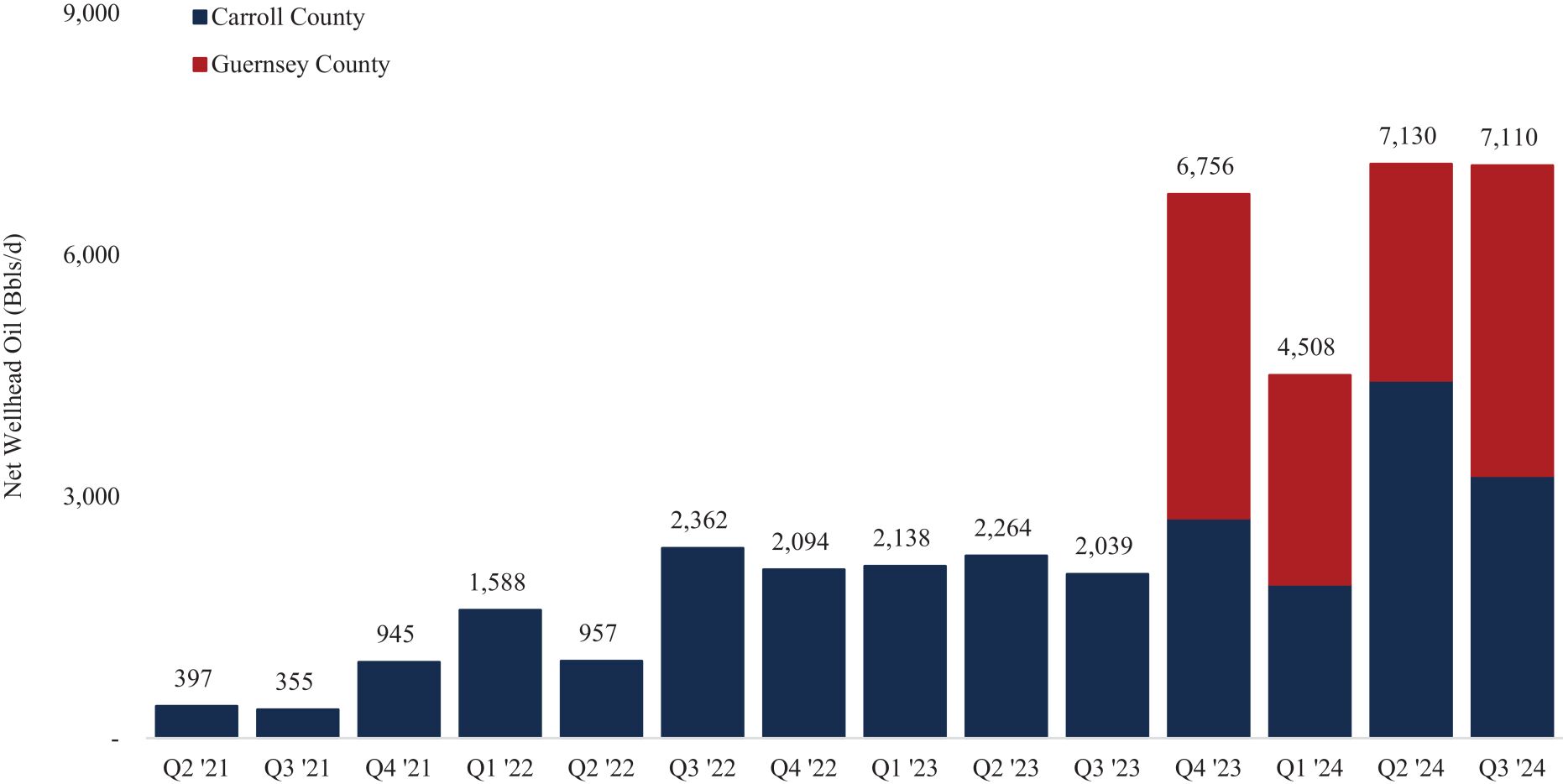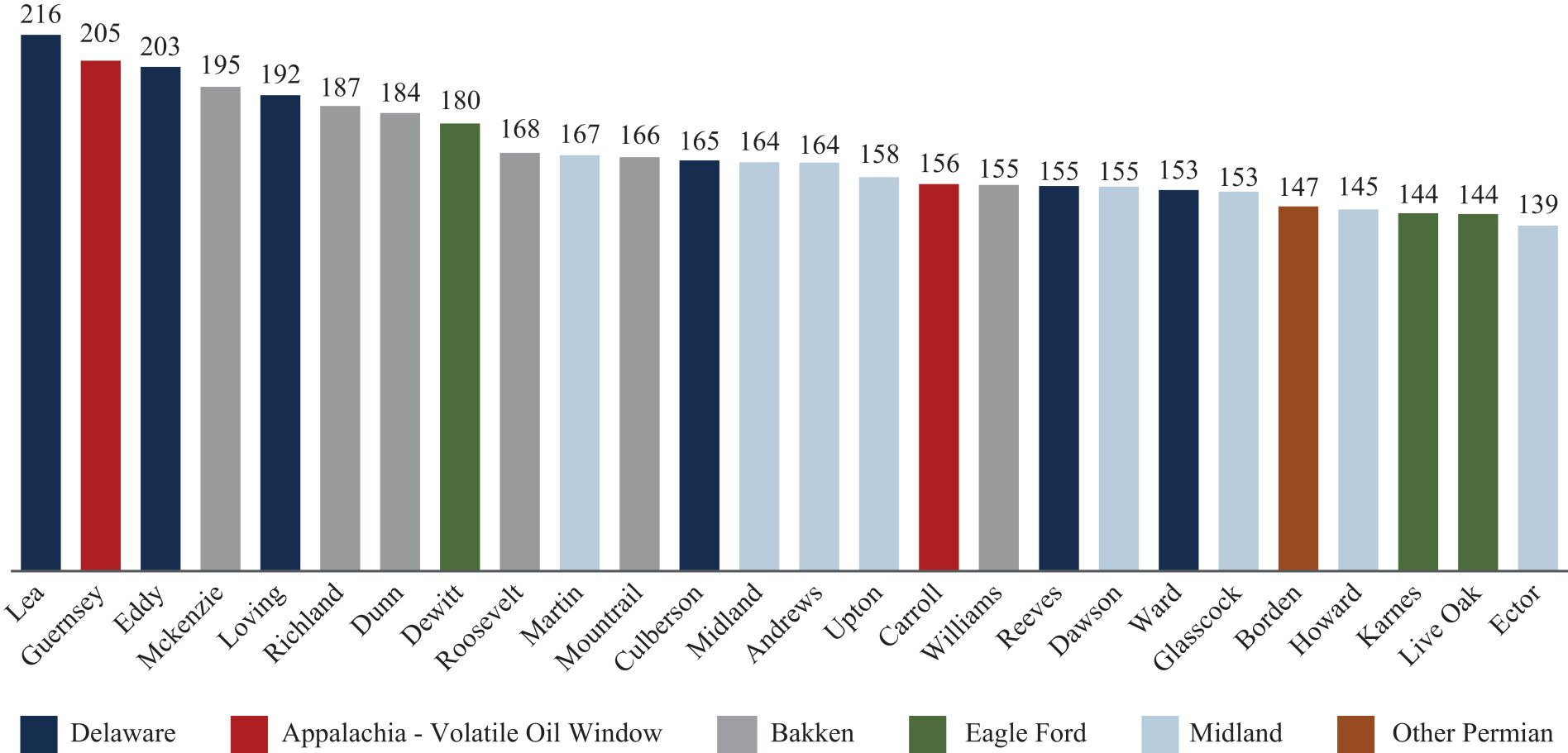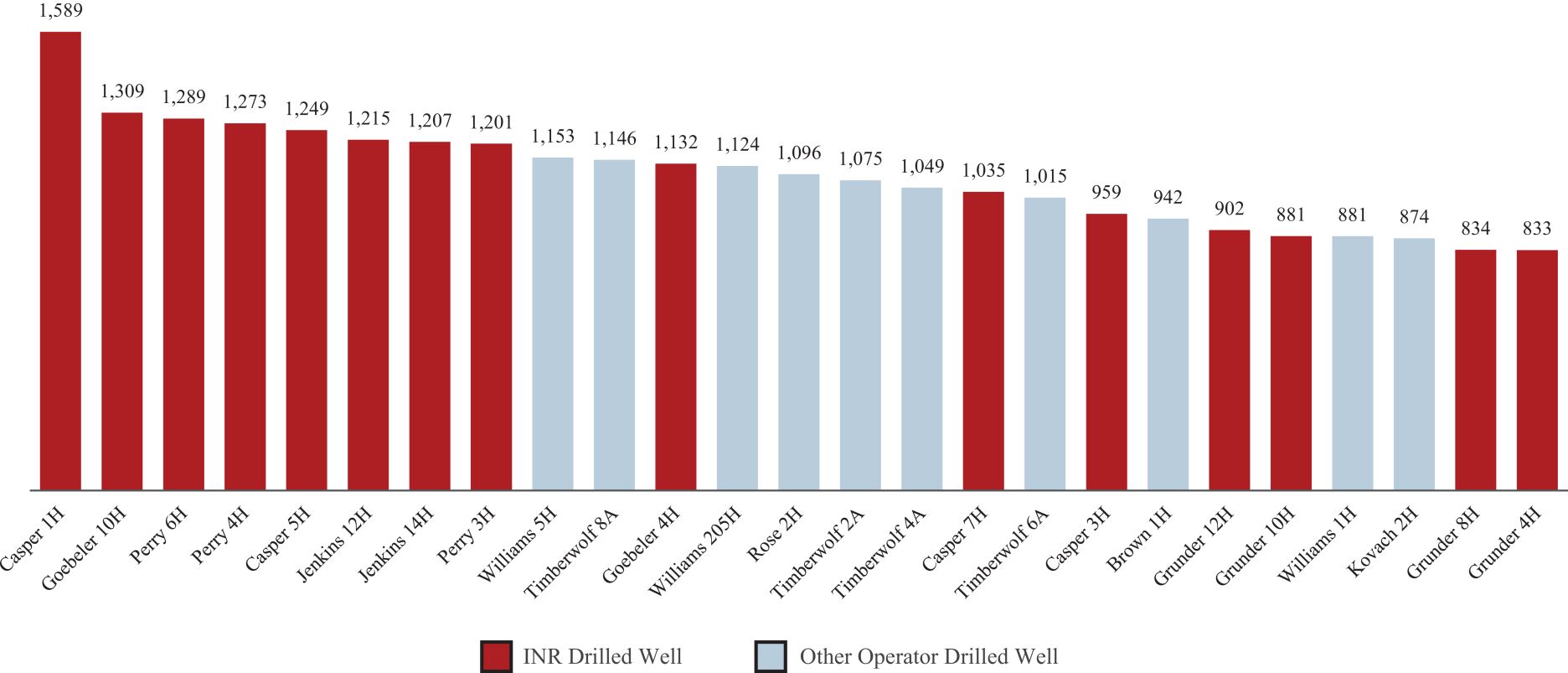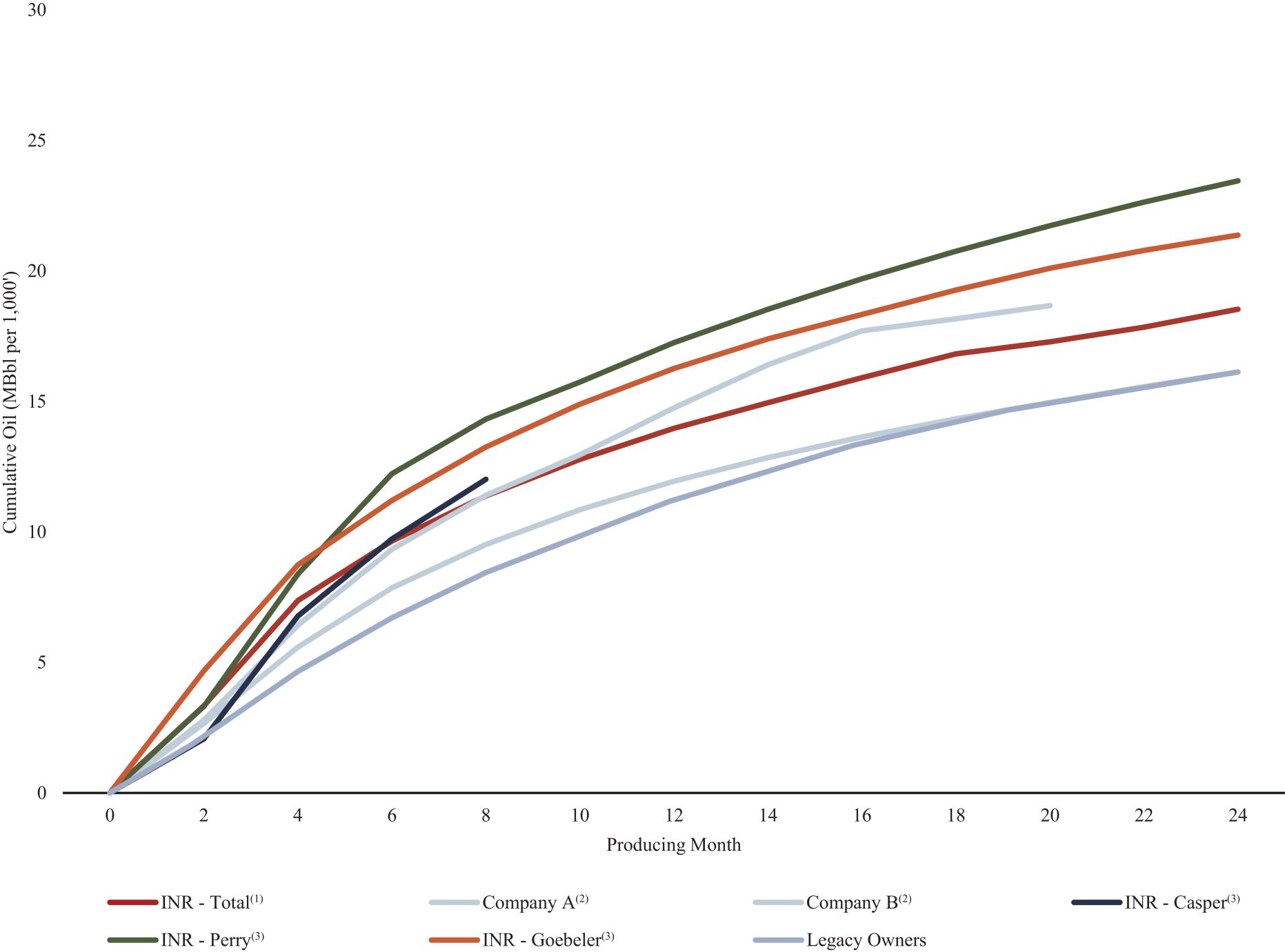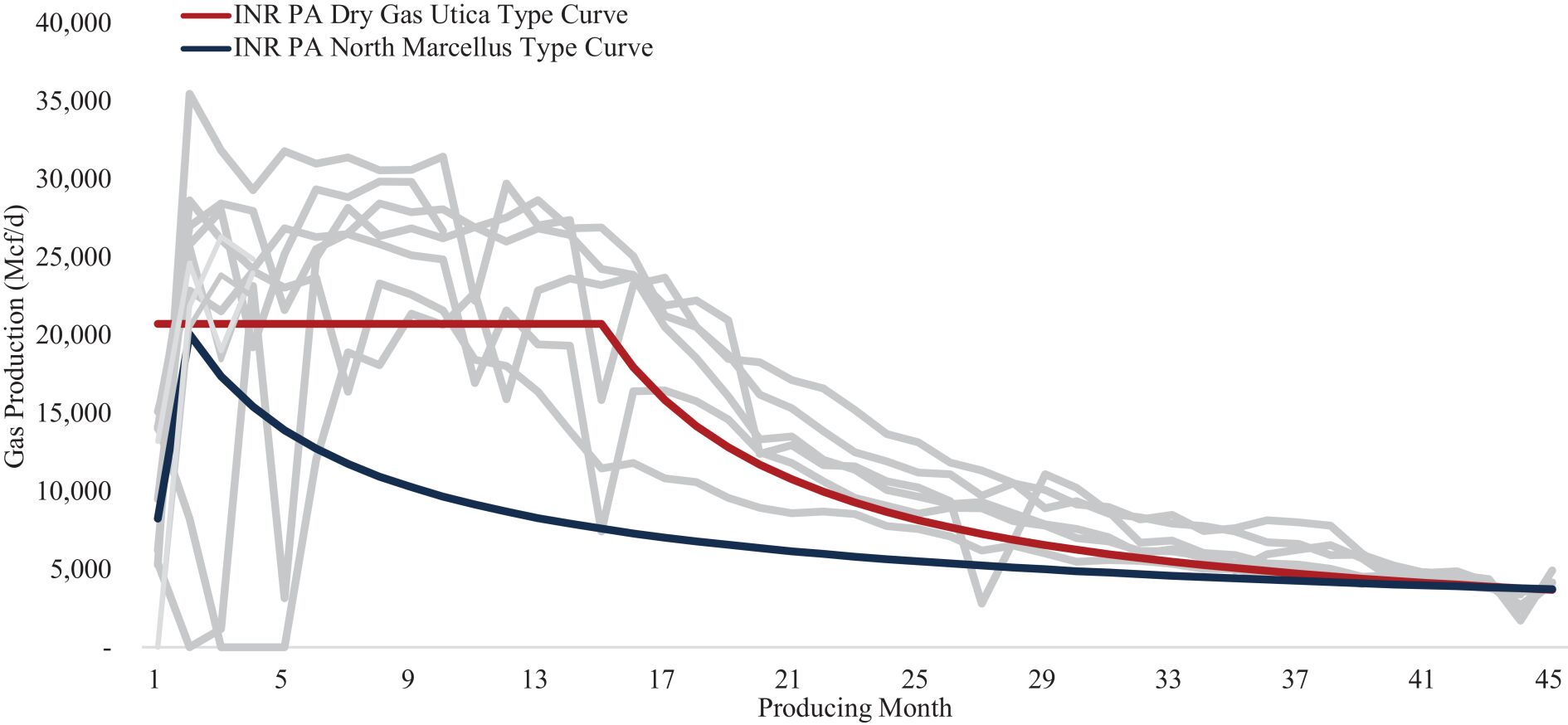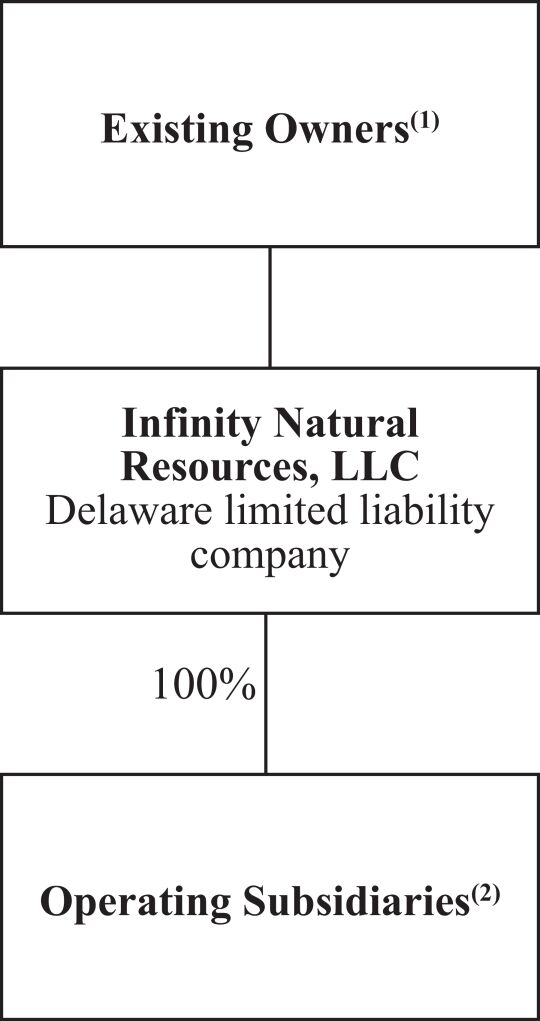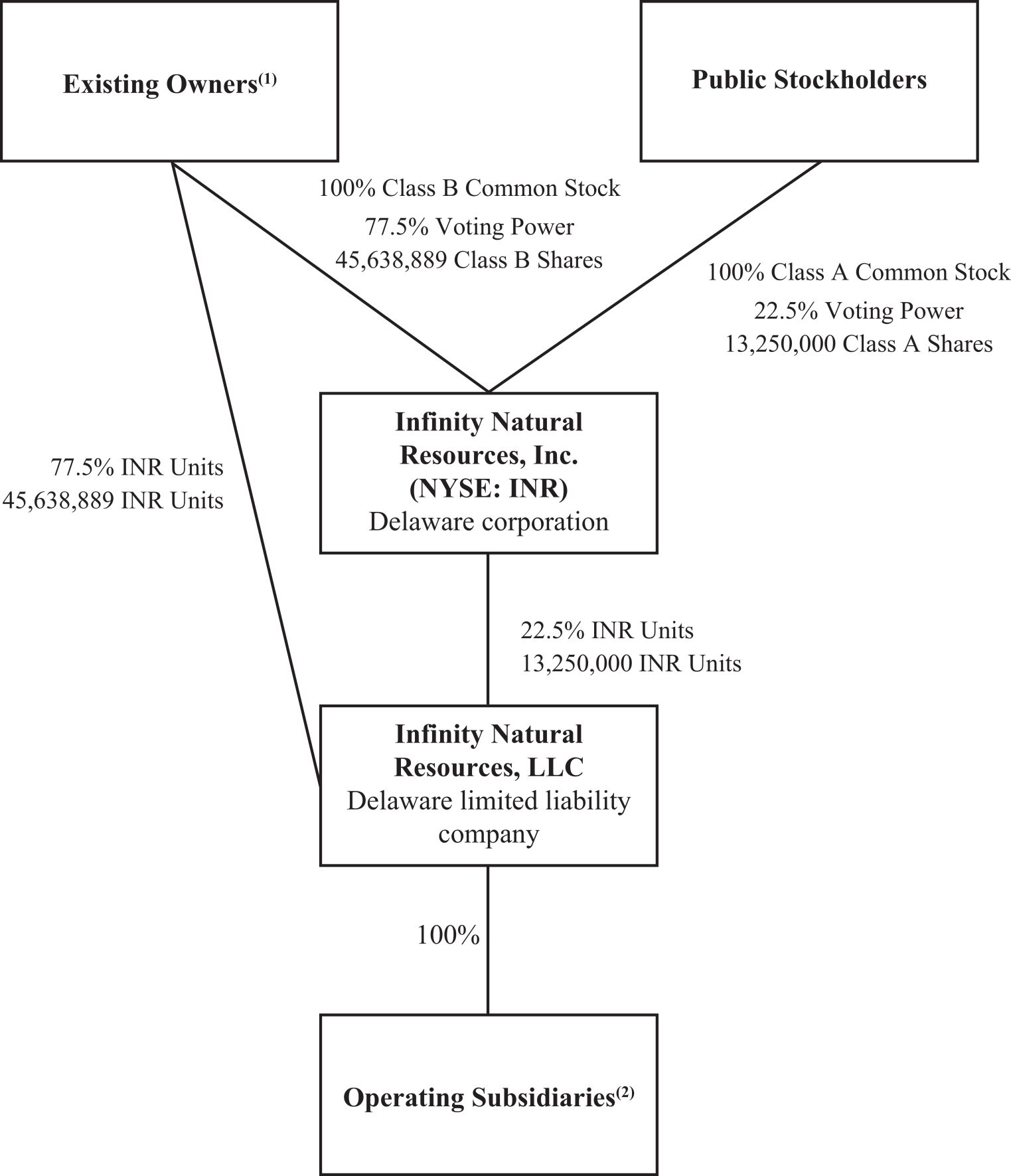that are granted to species found to be endangered will be automatically extended to species found to be threatened. The revised rules also make it easier to designate areas as critical for a species’ survival, even if the species is no longer found in those areas. Like the ESA, similar protections are offered to migratory birds under MBTA, which makes it illegal to, among other things, hunt, capture, kill, possess, sell or purchase migratory birds, nests or eggs without a permit. This prohibition covers most bird species in the U.S.
These rules, and any future rules, could materially affect our operations and development. For instance, permanent restrictions imposed to protect threatened or endangered species could prohibit drilling in certain areas or require the implementation of expensive mitigation measures. A critical habitat or suitable habitat designation in areas where we conduct our business could result in material restrictions to land use and may materially delay, or prohibit land access for, oil, natural gas and NGL development. The designation of previously unprotected species in areas where we operate as threatened or endangered could cause us to incur increased costs arising from species protection measures or could result in limitations on our activities that could have a material and adverse impact on our ability to develop and produce our reserves. There is also increasing interest in nature-related matters beyond protected species, such as general biodiversity, which may similarly require us or our customers to incur costs or take other measures which may adversely impact our business or operations.
We are subject to risks related to climate change, which could have a material adverse effect on our business, financial condition and results of operations.
Increasing attention from governmental and regulatory bodies, investors, consumers, industry and other stakeholders on combating climate change, together with technological advances in fuel economy and energy generation devices as well as climate change activism, governmental requirements and societal expectations on companies to address climate change, may create new competitive conditions that result in reduced demand for the oil, natural gas or NGLs we produce for our customers’ products. Such requirements, advancements and expectations may include, for instance, requirements to implement fuel conservation measures, regulations favoring renewable energy resources, increasing consumer demand for alternative forms of energy and lower emission products or services and other changes in consumer behavior. The potential impact of changing demand for oil, natural gas or NGLs services and products may have a material adverse effect on our business, financial condition, results of operations and cash flows or those of the customers we serve, which could, in turn, affect demand for our products. Such developments may also adversely impact, among other things, the availability of necessary third-party services and facilities as well as market prices of, or our access to, raw materials such as energy and water, which may increase our operational costs and adversely affect our ability to successfully carry out our business strategy. Further, the enactment of climate change-related policies and initiatives across the market at the corporate level and/or investor community level may in the future result in increases in our compliance costs and other operating costs and have other adverse effects (e.g., greater potential for governmental investigations or litigation, reductions in demand for our products or stimulating demand for alternative forms of energy that do not rely on combustion of fossil fuels).
Furthermore, negative public perception regarding the oil and gas industry resulting from, among other things, concerns raised by advocacy groups about climate change, emissions, hydraulic fracturing, seismicity or oil spills may lead to increased litigation risk and regulatory, legislative and judicial scrutiny, which may, in turn, lead to new state and federal safety and environmental laws, regulations, guidelines and enforcement interpretations. These actions may cause operational delays or restrictions, increased operating costs, additional regulatory burdens and increased risk of litigation for us or our customers, thereby reducing demand for our products.
Finally, many scientists have concluded that increasing concentrations of GHGs in the Earth’s atmosphere produce climate changes that may have significant physical effects, such as increased frequency and severity of storms, droughts, floods or other climatic events. Such effects could adversely affect or delay demand for our products, or our customers’ products, or cause us to incur significant costs in preparing for, or responding to, the effects thereof. Energy needs could increase or decrease as a result of weather conditions, depending on the duration and magnitude of any such weather events, and adversely impact our operating costs or revenues. To the
67

